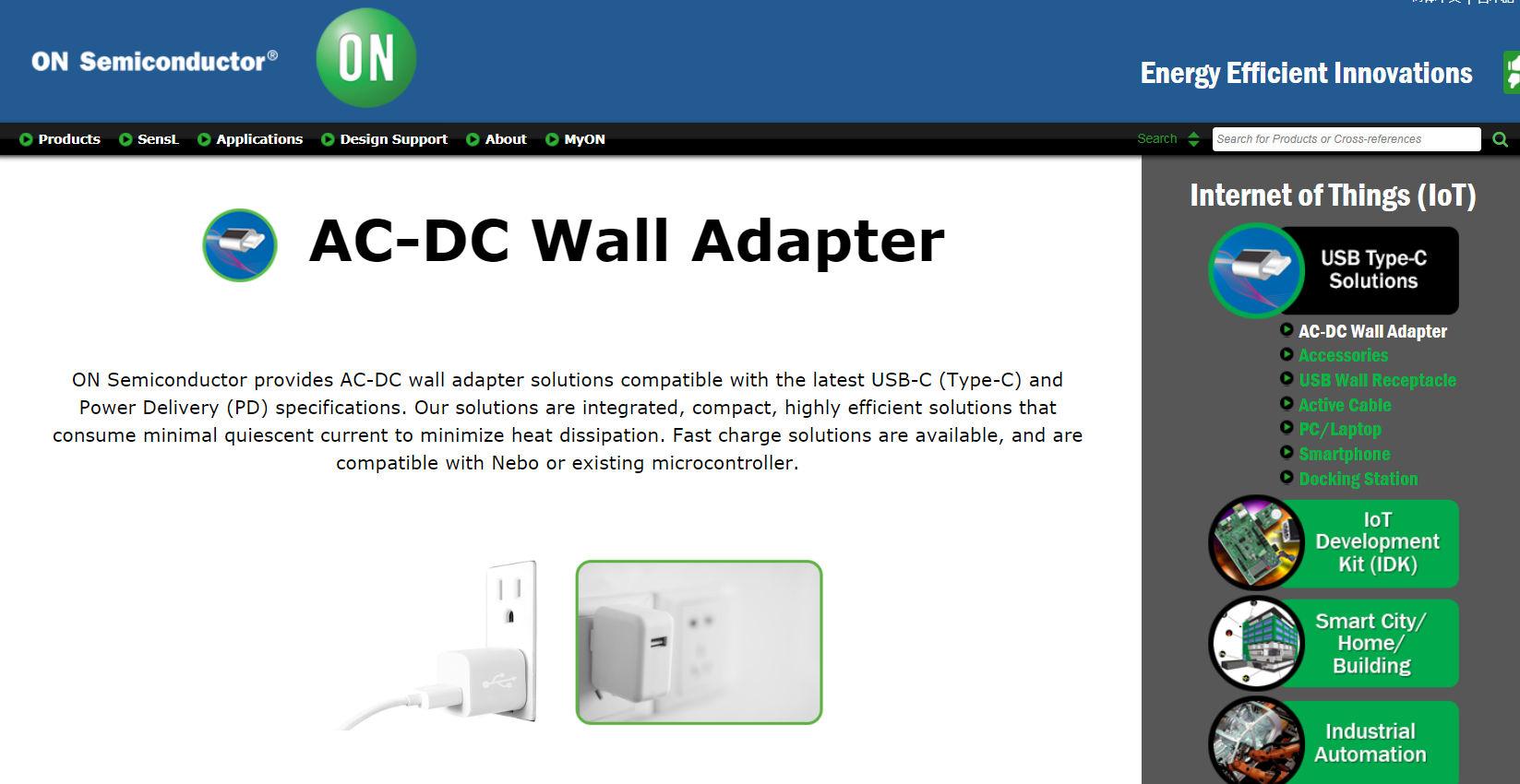USB-C (Type-C) has become the talk of the town and it is for very good reason as it enables higher performance, offering convenience for users and simplicity for designers and manufacturers looking to deliver power to their device or move data.
However, USB-C is more than just the latest evolution of a standard in the way that the progression from USB 1.1 to USB 2.0, or USB 3.0 to the latest USB 3.1 was. USB-C is as much about the physical connection design - and what a popular physical connection it is becoming!
In fact, it is showing all the signs of becoming the default connection for a plethora of leading manufacturers and device types. But managing updates to USB-C from the point-of-view of a design can present complex challenges.
It isn’t easy for engineers to design products with an evolving USB specification and physical form. It is also difficult for them to spend limited resources on a project and verify its function and features only to find out there is a new revision and a subsequent engineering change note, with all the associated costs and difficulties, just around the corner.
With ON Semiconductor’s FUSB30x family of controllers, it is possible to update a device in line with the specification updates and changes. The controllers are designed to be the USB-C and power deliver (PD) interface between the current system and the new USB-C connector. With this new approach, there is an intentional split between the hardware and software elements of the Type-C/power delivery (PD) system architecture.
On the hardware side, everything needed to implement a USB-C design is incorporated. This includes the pull up (Rp), pull down (Rd) and Vconn switches to fully support the specification. In addition, the FUSB30x family integrates the BMC transmitter and receiver to support PD applications. From a software perspective, ON Semiconductor provides generic USB-C and PD firmware to support all types of applications. Using this logical and straightforward dual approach, users are able to continuously update their devices to the very latest specifications with relative ease.
Streamlined Update Path
Our solution has a much simpler structure compared to an integrated microcontroller solution, it also reduces overall power consumption and represents a lower cost approach - especially for multi-port applications.
With ON Semiconductor’s solution, the policy engine and USB-C state machine are kept on the system processor side to maximize system processor usage. Firmware process adjustments are simple and easy when any updates are required by standard changes or to address system level modifications such as power level, DFP, UFP and DRP.
In addition, one interface solution can be re-used at both ends of the USB cable. With an integrated solution, customers have to work on both the system and PD controller sides for firmware updates, which increases both engineering time as well as total hardware cost.
Visit our USB-C Solutions page and find out more about specific use case solutions.
Watch the video and learn “How to Implement Innovative USB Type-C Solution into Your System”.


